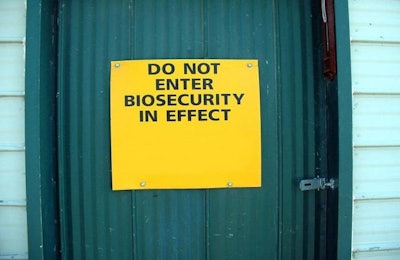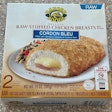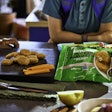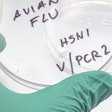
Growers are following enhanced biosecurity measures as the current outbreak of highly pathogenic avian influenza (HPAI) continues in the United States and Canada.
In the second quarter of 2022, respondents to the WATT/Rennier Poultry Confidence Index survey said which biosecurity measures they are currently implementing.
As part of the quarterly survey, WATT Global Media asks additional questions about the state of the poultry industry as well as emerging trends, technologies and challenges. This blog post reflects the results of the supplemental questions included in the second quarter survey conducted in May 2022. The next installment of Greg Rennier’s column reflecting the results of the survey will be published in the August 2022 issue of WATT PoultryUSA.
Avian influenza
After first appearing in wild bird populations in the winter of 2021-2022, HPAI spread to commercial layer, broiler and turkey operations across North America in 2022. It is the first major outbreak since the 2014-2015 HPAI crisis that roiled the turkey and egg industries.
At the beginning of June 2022, the U.S. and Canada both went a week without any detections of HPAI. But that was followed by new detections in Colorado and Pennsylvania as well as British Columbia.
The virus is spread by direct or indirect contact with viral contamination from wild birds. Operational biosecurity is a key component of keeping the disease off the farm. This topic was covered at length in the June 2022 issue of WATT PoultryUSA.
We asked, “Do you have a biosecurity plan and an identified biosecurity coordinator?”
- 62.50% responded, “Yes, we have finalized the process."
- 27.50% responded, “Yes, we have started the process.
- 10.00% responded, “No.”
We asked, “What steps are you taking to address biosecurity?” We asked respondents to select all options that applied to them.
- 100.00% responded, “Strict visitor policy.”
- 91.70 responded, “Using footbaths at the entrance of houses.”
- 91.70 responded, “Requiring footwear changes or shoe covers when entering the house.”
- 88.90% responded, “Enhanced pest (rodent, insect, etc.) control.”
- 80.60% responded, “Requiring coveralls specifically for working in the house.”
- 80.60% responded, “Creating a physical line of separation between clean and dirty areas.”
- 72.20% responded, “Requiring hand washing at farm/barn entrances.”
- 69.4% responded, “Feed and water control measures to reduce pathogen risk..”
- 66.70% responded, “Leaving poultry facilities doors/gates closed in between flocks.”
- 66.70% responded, “Truck washes.”
- 61.10% responded, “Routine washing/disinfecting of the poultry facilities between flocks.”
- 44.4% responded, “New houses are built with biosecurity in mind.”
- 38.9% responded, “Windrowing/composting between flocks.”
- 36.10% responded, “Routing ventilation to send dust away from clean areas or other poultry facilities”
- 22.20% responded, “Cell phone washing/disinfecting.”
We asked, “Are you educating growers and staff about biosecurity?”
- 87.20% responded, “Yes, we educate growers and staff about biosecurity measures routinely.”
- 7.70% responded, “We educate our staff about biosecurity but do not directly educate growers.”
- 5.10% responded, “We do not educate growers and staff about biosecurity.”
View our continuing coverage of the global avian influenza situation.


















